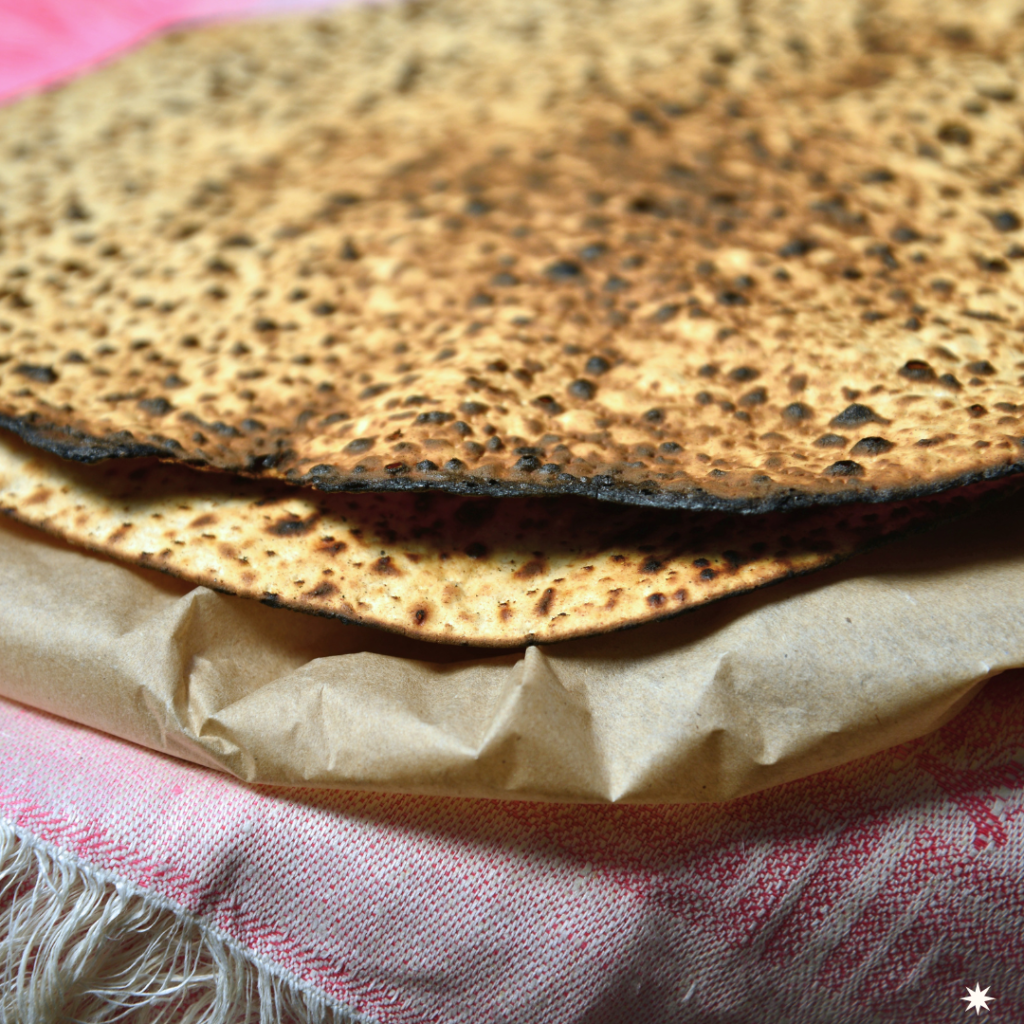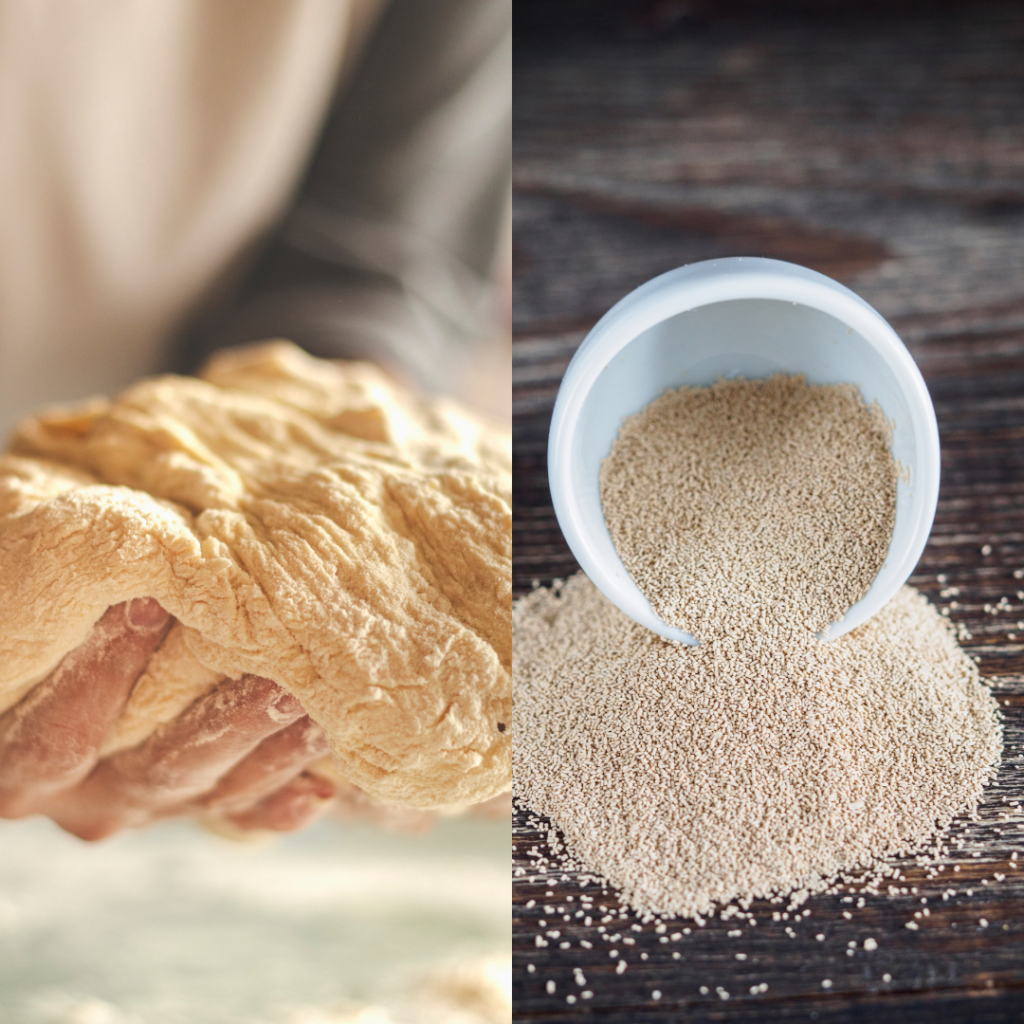Hebrew: מַצָּה (matzah), שְׂאֹר (seor)
Greek: ζύμη (zumē)
English: yeast, leaven, unleavened bread
By Jonathan W. Bryant, PhD, Senior Editor, Tyndale Bibles
At the time of the Israelites’ exodus from Egypt, God gave the people instructions regarding a special meal they were to share prior to their departure (see Exodus 12). Each household was to kill a lamb or a goat and spread the animal’s blood on their doorframe. This mark would signify a house that was to be “passed over” when an angel sent from God would strike down the firstborn sons in Egypt. Another food that was to be prepared was unleavened bread (or bread made without yeast). The bread without yeast would remind the people of their hasty departure from Egypt—they did not have time to bake bread with yeast. This “Passover” meal was to be celebrated throughout future generations. Passover continues to be observed by Jewish people today, and the meal includes unleavened bread (or matzah in Hebrew).
The Hebrew term matzah occurs 53 times in the Old Testament, and the related word chametz occurs 13 times. Chametz, along with the word seor (which occurs 5 times), refers to the leaven or yeast that is typically used in the baking of bread. In most contexts, these two words are employed in reference to bread that is made without yeast.

English translations have traditionally used the words leaven or unleavened in reference to this type of bread. For example, in the King James Version, Exodus 12:8 reads: “They shall eat . . . unleavened bread” (so also CSB, ESV, NASB, NRSV). Then, in Exodus 12:15, where instructions are given regarding the seven-day Festival of Unleavened Bread (which was to follow Passover), the KJV reads: “Ye shall put away leaven out of your houses: for whosoever eateth leavened bread from the first day until the seventh day, that soul shall be cut off from Israel” (see also ESV, NRSV; here, CSB and NASB use “yeast” and “leaven” interchangeably).
The NLT (along with the NIV) employs the word yeast (“bread made without yeast”) in these verses and elsewhere when referring to this type of bread. The word yeast has become much more familiar today than the word leaven, which is no longer used much in baking contexts. This is an instance where the NLT conveys a similar concept to other English translations but accounts for the changes in modern English.

Because of the familiarity of the particular festival that incorporates this type of bread (the Festival of Unleavened Bread), the NLT retains “Unleavened” when the festival is mentioned (for example, Exodus 23:15; Leviticus 23:6).
The Greek word for leaven or yeast is zumē, which occurs 13 times in the New Testament, often in contexts that highlight its permeating effect (which serves as a nice analogy both for the spread of the Kingdom of God and for the dangerous influence of false teaching). Where zumē appears, the NLT again uses the more familiar term yeast, whereas most other major translations often use leaven. In 1 Corinthians 5:8, the NLT renders zumē as “bread” because the reference there is specifically to the bread made without yeast, but includes a footnote referencing “leaven,” as this verse makes reference to the festival itself.
As we reflect on this terminology, we remember the annual celebration of Passover, as well as the sacrifice Christ our Passover Lamb made for us. And as we note the metaphorical uses of zumē (yeast), let us also recognize both the permeating effect of sin in our own hearts (see 1 Corinthians 5:6-8) and the opportunity to foster the growth and spread of God’s Kingdom on earth (see Matthew 13:33).

Thank you for this explanation.
Thank you for this teaching. It helps me to understand more about the text.
Thank you for helping clarify the uses of a small term that speaks in context to such important topics; sin and the gospel.